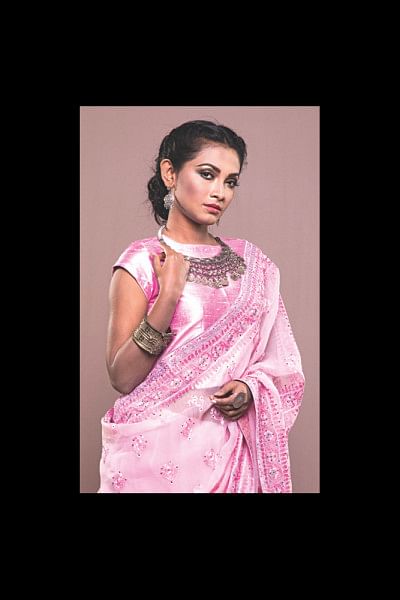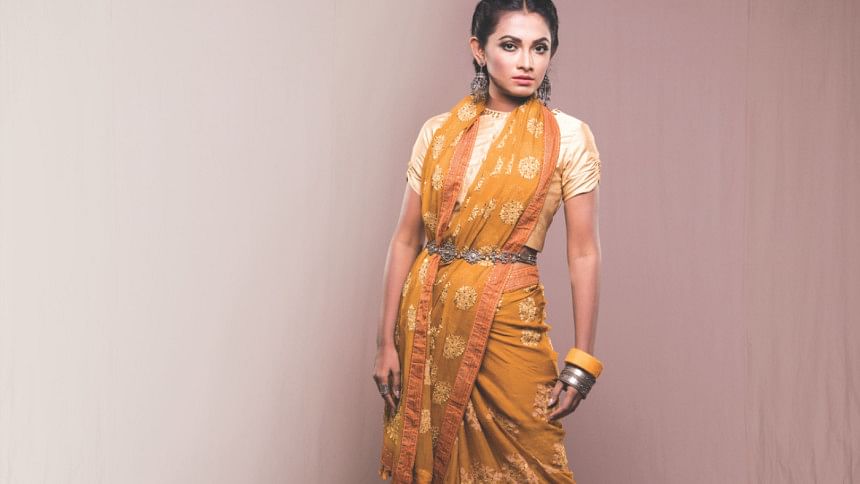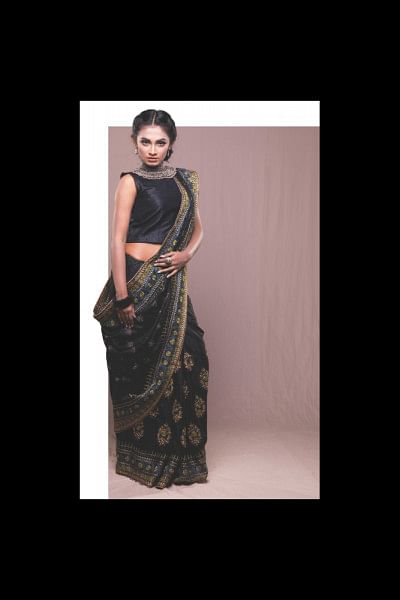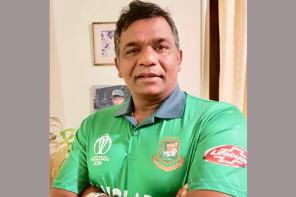The Nakshi Kantha heritage of Bengal

There is not a single household in Bangladesh that does not know of the Nakshi Kantha. Every newborn has his own 'Kantha' (quilt) – even if not the 'Nakshi' variant, but one possibly made by a close relative with love and much affection as the entire family greets the newest member of the house.
Nakshi Kantha's lineage can be traced back to a time when rural women engaged in this form of craft, not necessarily with an intention of creating 'art', but out of everyday need. A heritage product of Bengal (east and west) was prized by many Europeans and Americans, and the fascination lasts till this day.

The running stitch or the 'Kantha Stitch' was mainly popular with the Hindu ladies of the greater Mymensingh, Rajshahi, Faridpur and Jessore regions. Today, although the production is not limited to these areas only, the most exquisite 'Kanthas' are still made here.
The term 'Nakshi' was derived from 'Naksha', meaning, an array of colourful patterns and designs, which were embroidered onto a piece of cloth. At the beginning, the sole purpose of the Nakshi Kantha was to be used only as a quilt, as the name suggests. However, later the stitch became so popular that it was incorporated into many things including everyday wear such as the sari, kurtis, even tablecloths and decorative wall hangings.
Many fashion houses of the country have experimented extensively with the Nakshi Kantha including Aarong, Kumudini, Mayasir, etc. We talked to Maheen Khan, the designer and proprietor of Mayasir to learn more about the fabled stitch.
Maheen Khan feels a sense of pride working with national heirlooms and making an attempt at reviving traditional art forms.

"My obsession towards heritage material began a long time ago, in 1986, when I worked for BRAC. This is when I got the opportunity to learn more about our 'deshi' folk textiles. I noticed how the Nakshi Kantha was an inherent part of our culture, and was a necessary part of the Bengali lifestyle."
"This overwhelmed me. Much later, I took part in the BRAC initiatives to teach rural women how to stitch the Nakshi Kantha. Interestingly, the samples used to come from abroad, from collectors in Europe and North America," she said.
As the designer has worked extensively with Nakshi Kanthas, it seemed right to ask her for an insight into the world of this Nakshi Kantha, "The true form of Nakshi Kantha is an expression; a canvas of memories. Bits and pieces of someone's life are stitched onto a piece of cloth. There cannot be a better way to express affection and association.
"The stitching is unique to East Bengal, the patterns being floral and geometric. Sometimes figures are stitched onto the 'Kantha', but it is usually created as a means of devotion to the deity, framed and later hung onto walls.

The process of making the Nakshi Kantha is very labour intensive and time consuming; often it might take 10 to 15 days to make a sizeable quilt with intricate patterns," said Maheen Khan.

On what Mayasir offers in this segment, Maheen Khan said, "I love working with Kantha stitch on saris. It looks exquisite and gives an obvious hint of sophistication and traditionalism. I use various colours as base for the saris. My affinity towards heritage materials encourages me to use more of these, so if you ever ventured into Mayasir, you would probably see Nakshi Kantha stitched saris in endi-silk, Muslin or chiffon silk and I bet you would fall in love with all of them."
Photo: Sazzad Ibne Sayed
Model: Priyam
Wardrobe: Maheen Khan, Mayasir
Jewellery: Maheen Khan Personal Collection
Make-up: Farzana Shakil's Makeover Salon.

 For all latest news, follow The Daily Star's Google News channel.
For all latest news, follow The Daily Star's Google News channel. 



Comments